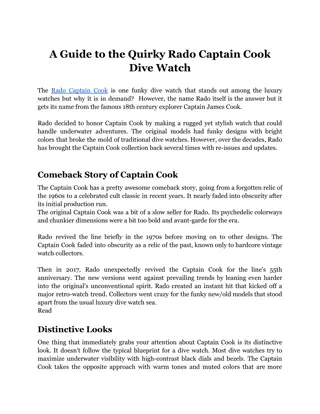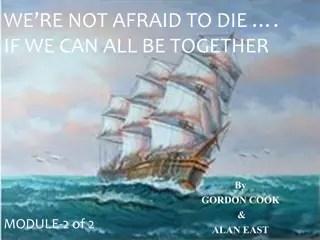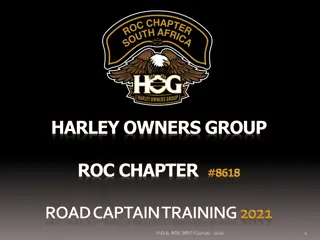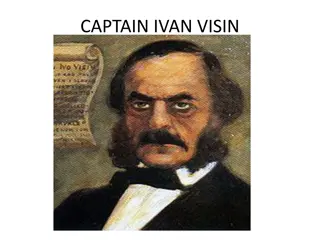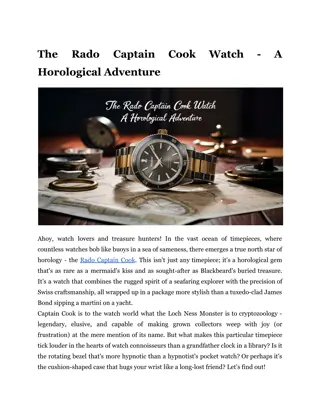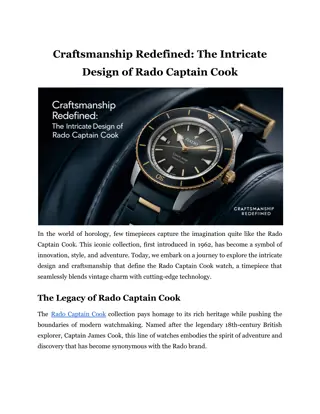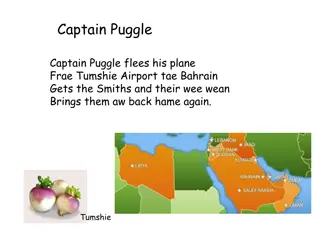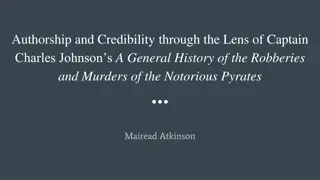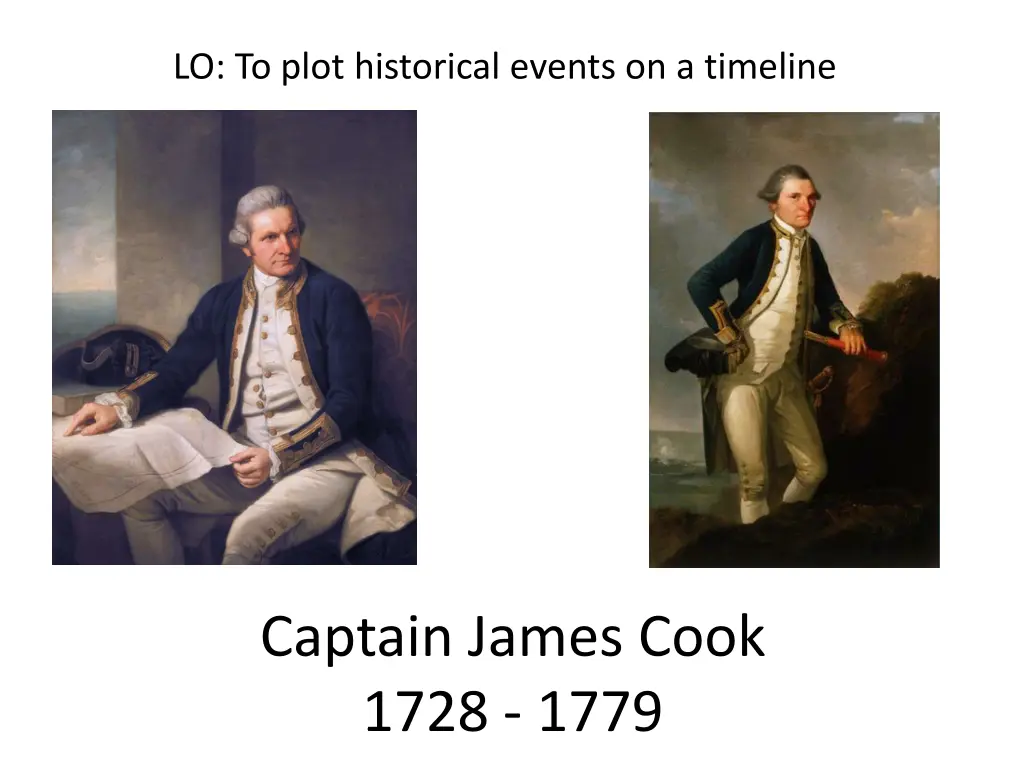
Captain James Cook: Exploration and Discoveries
Explore the life of Captain James Cook, from his humble beginnings to his famous voyages that led to the discovery of Australia. Follow his journey as he charted new territories and became a national hero, leaving a lasting legacy in history.
Download Presentation

Please find below an Image/Link to download the presentation.
The content on the website is provided AS IS for your information and personal use only. It may not be sold, licensed, or shared on other websites without obtaining consent from the author. If you encounter any issues during the download, it is possible that the publisher has removed the file from their server.
You are allowed to download the files provided on this website for personal or commercial use, subject to the condition that they are used lawfully. All files are the property of their respective owners.
The content on the website is provided AS IS for your information and personal use only. It may not be sold, licensed, or shared on other websites without obtaining consent from the author.
E N D
Presentation Transcript
LO: To plot historical events on a timeline Captain James Cook 1728 - 1779
Captain James Cook was born on November 7th 1728 in a small village near Whitby in North Yorkshire. South Shields Whitby
His family were quite poor so when he was 17 he joined the Walker family in Whitby, helping them ship coal along the coast between the River Tyne and the River Thames in London. London During this time he showed a real flair for astronomy and navigation, as well as having excellent sailing skills.
Because of his excellent sailing, navigation and astronomy skills Captain Cook joined the Royal Navy in 1755, where he learnt to sail and charter the seas. In 1768 he was appointed commander of HMS Endeavour and sent on a voyage to observe the planet Venus pass in front of the sun. However, the real reason he was sent on this voyage was to discover the Great Southern Continent known today as Australia, but this was unofficial and kept a secret from the public.
Cook and his crew sailed HMS Endeavour into the Pacific Ocean and first spotted Australia on April 19th 1770. However, Cook and his crew sailed further up the East Coast and finally claimed Australia calling it New South Wales on April 28th 1770 when he first set foot on Australian soil at Botany Bay. Botany Bay
Then they continued north along the coast. The sea was very rough and they were nearly shipwrecked on the Great Barrier Reef, but they managed to escape without too much damage. They sailed into what is now called Cooktown (after Captain Cook) in far north Queensland, where they did repairs to the ship. Cooktown The Great Barrier Reef
Cook returns to England in 1771 having travelled some 30,000 miles and charted over 5,000 miles of coastline to tell of his discoveries.
Due to the success of Captain Cooks voyage he became a national figure and was respected by everyone. As a result of this he went on two more expeditions in an attempt to find more discoveries. However his third voyage was his final one, as he was killed by a cannibal tribe in Hawaii during an argument 1779. U.K Hawaii Australia
Once Captain Cooks Crew finally got his body back from the cannibal tribe they saw that the tribe had stripped his body of all his flesh and burnt it on the fire. They had also cut out his heart and eaten it as a sign of respect to the explorer. Cooks crew wrapped his body in cloth and buried him at sea.


